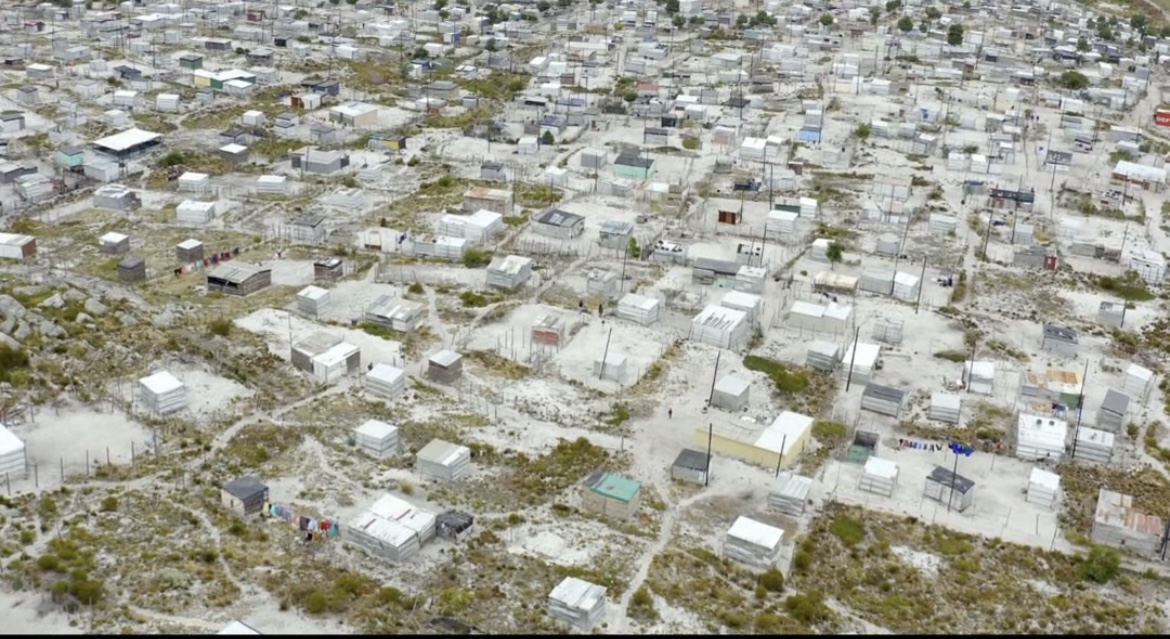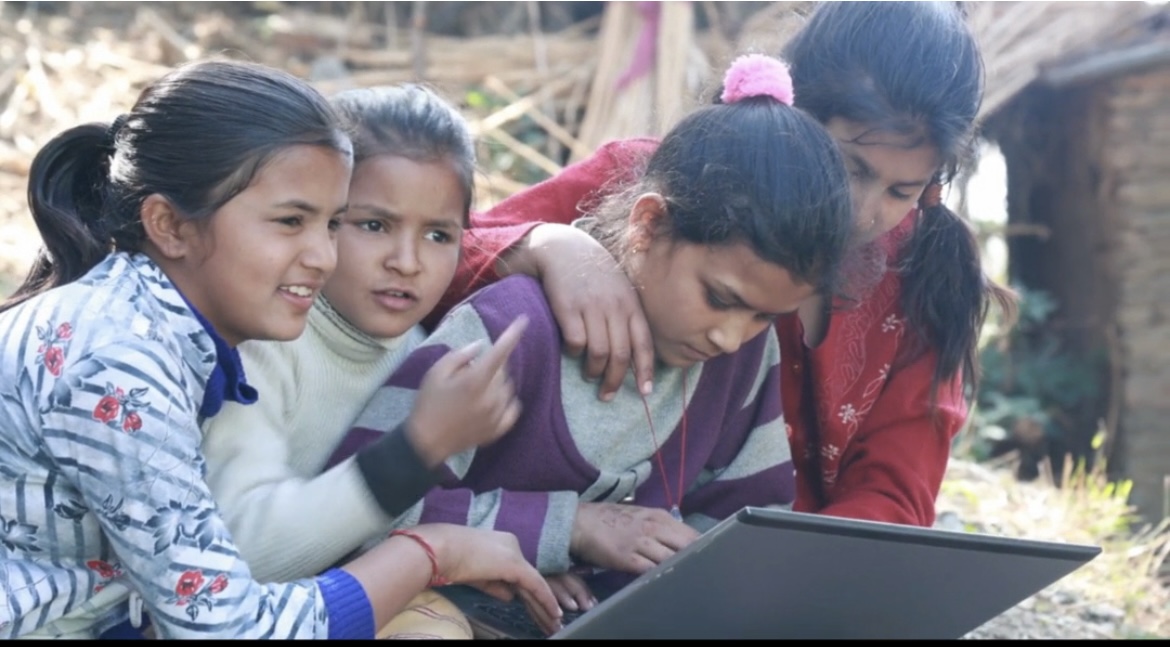Working does not always guarantee a comfortable living. Finding a job can be difficult due to mass unemployment, poor working conditions, wage disparities, discrimination, and other issues, and having one does not guarantee decent living conditions, particularly in low-income communities.
- Over 1.4 billion people, or nearly four out of every five workers in poor communities, work in hazardous environments or occupations.
- Every year, approximately 11 million workers enter vulnerable employment.
- Workers with the least secure employment, low incomes, long hours, virtually no unionization, and inadequate diets, housing, transportation, and access to broader health care or social security nets are the most vulnerable to workplace injury and disease.
- Migrant and seasonal workers, indigenous workers, women, and child workers are the most likely to be exposed to hazardous and toxic work, financial and sexual exploitation, environmental pollution, health-harming workplace organization, and social deprivation.
- Workers in poor communities are threatened in a variety of ways, with little government protection, ranging from simply losing their jobs if they speak out to losing their lives. There is surprisingly little opposition to poor working conditions anywhere in the world.




